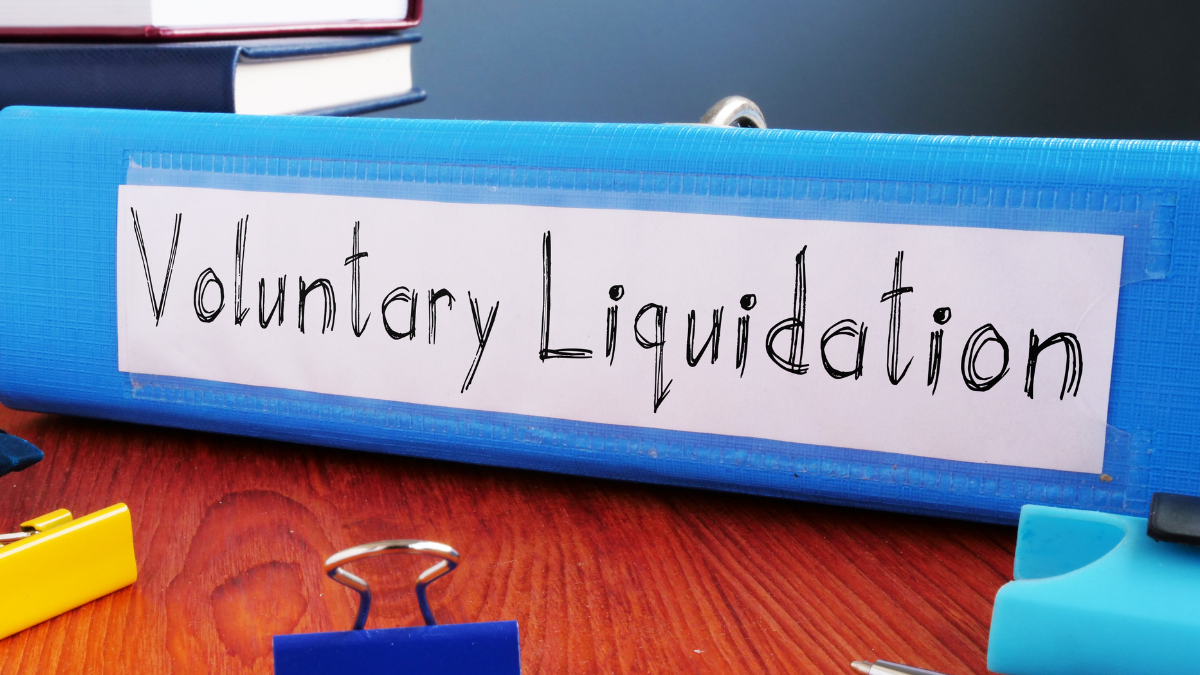Navigating Insolvency: What are Creditors Voluntary Liquidations and how do they impact employees?

Insolvency poses a significant challenge for businesses, occurring when a company cannot meet its financial requirements, resulting in liabilities exceeding its assets or not meeting payments when they fall due. This situation can lead to various outcomes, but one of the most common routes for insolvent companies is a Creditors Voluntary Liquidation (CVL).
A CVL is initiated by the company’s directors when they recognise that the business can no longer continue trading due to financial difficulties. While this process is designed to address the company’s debts and ensure a structured wind-down, its implications extend beyond the boardroom. For employees, the onset of a CVL can mean immediate job loss, uncertainty regarding unpaid wages, and concerns over their financial futures.
As businesses navigate the complexities of insolvency, understanding how CVLs work and their direct impact on employees is crucial. In this blog, we will delve into the process of CVLs, their benefits for companies, and what employees need to know to protect their rights and prepare for the changes ahead.
Understanding Creditors Voluntary Liquidations (CVLs)
What is a CVL?
A Creditors Voluntary Liquidation (CVL) is a formal process initiated by an insolvent company that voluntarily chooses to liquidate its assets to pay off creditors. When directors determine that the business can no longer operate due to financial difficulties, they appoint a licenced Insolvency Practitioner to oversee the liquidation.
When is a CVL Used?
A Creditors Voluntary Liquidation (CVL) often results from several financial distress scenarios:
- Inability to Pay Debts: Companies facing challenges in meeting financial obligations, such as paying suppliers and employees, may consider liquidation to settle debts.
- Impossibility of Recovery: Management may determine that recovery efforts are futile due to factors like bad debt, increased competition or market downturns.
The Impact of CVLs on Employees
The initiation of a Creditors Voluntary Liquidation (CVL) often results in the immediate cessation of trading, leading to job losses for employees. Once a CVL is announced, the company stops operations to focus on settling outstanding debts, which typically results in staff being laid off on short notice. Employees not only lose their jobs but also face uncertainty regarding unpaid wages and redundancy payments.
During a CVL, employees have specific legal rights, including:
-
- Entitlement to Unpaid Wages: Employees are entitled to receive any wages owed up to the date of liquidation.
- Redundancy Pay: If employees are laid off, they may be eligible for statutory redundancy pay, depending on their length of service.
- Accrued Holiday: Any holiday that has been earned but not taken up until the liquidation date can be claimed, though this is typically capped at £800 as a preferential claim.
- Compensation for not Receiving Proper Statutory Notice: Employees who don’t receive their proper statutory notice period are entitled to claim compensation for this breach
The Insolvency Practitioner plays a crucial role in this process, as they are responsible for addressing employee claims and ensuring that compensation is provided where possible. They help manage the liquidation and prioritise payments to employees, working to ensure that their rights are upheld amid the insolvency proceedings.
Navigating the CVL Process as an Employee
It’s crucial for employees to stay informed during a CVL. Employers should ensure they provide regular communications and updates, working alongside their appointed Insolvency Practitioner. This information will help you understand the status of the liquidation and its potential impact on your employment.
What Actions Should Employees Take?
- Document Everything: Keep thorough records of your employment contracts, payslips, and any correspondence with your employer. This documentation will be essential for claims regarding unpaid wages and redundancy payments.
-
Reach Out for Support: Don’t hesitate to contact the Insolvency Practitioner or the Redundancy Payments Service for clarity on your rights and the liquidation process. Additionally, reach out to ACAS (Advisory, Conciliation and Arbitration Service) for free advice on employment rights and redundancy claims. They provide valuable resources to help employees understand their entitlements.
-
Claiming Redundancy and other statutory entitlements: You will need to submit your claim to the Redundancy Payments Service. The Insolvency Practitioner will provide you with a claim reference number and guidance on how to submit your claim. After checking your claim details against Company records the Redundancy Payments Service will process your entitlements expediently to alleviate the financial strain of job loss.
How can we help?
If you or your business is facing a CVL, Bretts Business Recovery can help you. Contact us today and our friendly team will be happy to assist you. You can call us on 0808168 7540 or send an email to: enquiries@brettsbr.co.uk